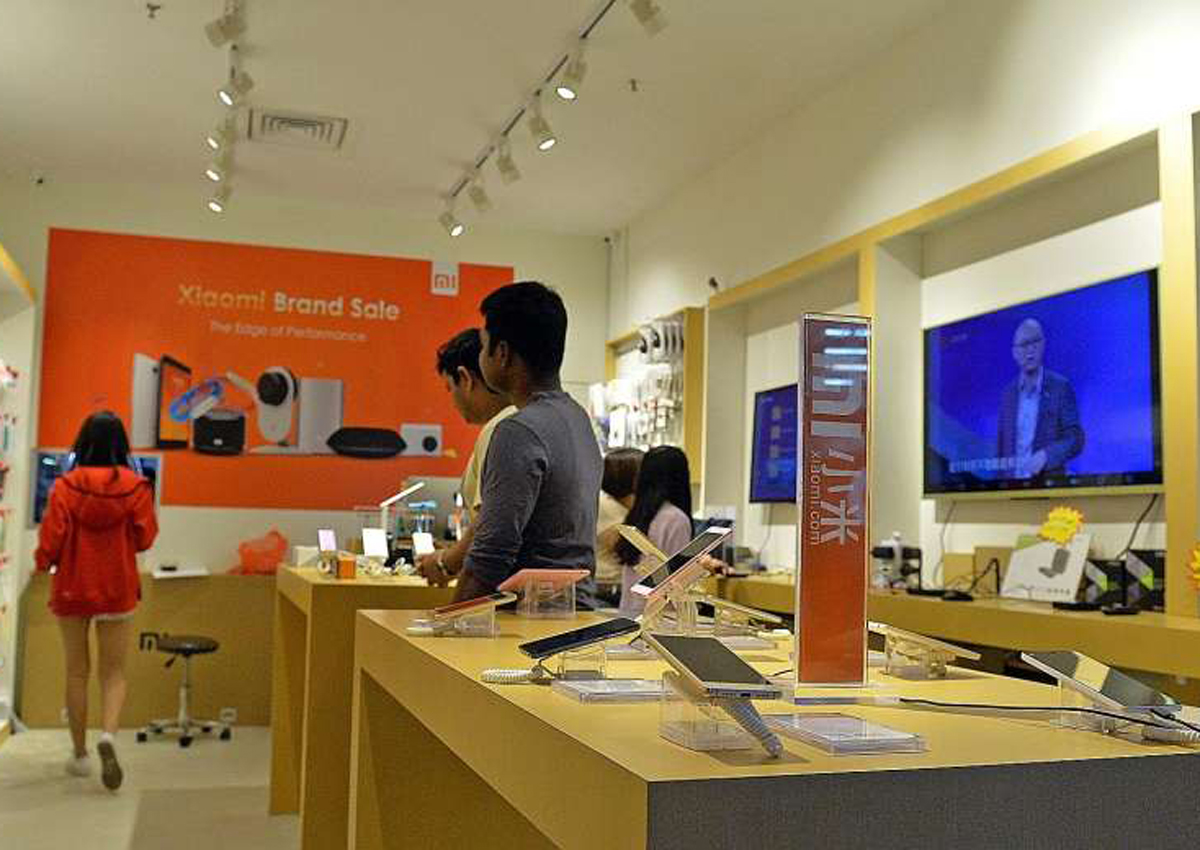The telcos are still dangling their subsidies, but an increasing number of consumers in Singapore no longer want to get locked into a two-year contract in exchange for a cheaper handset.
The advent of less expensive devices with souped-up features has persuaded some of them to opt out of mobile contracts. This means some do without top-end handsets.
Last year, more than one-third of all smartphones – 1.5 million units – were sold here by retailers including neighbourhood phone shops and e-tailers instead of telcos, said market research firm IDC.
Retailers do not sell line subscriptions with the handsets, so these are not subsidised by the telcos.
The proportion of unsubsidised handsets sold here has risen steadily over the past four years, from 24 per cent (900,000 units) in 2011 and 28 per cent (one million units) in 2013, to its current perch.
The figure could be higher as telcos also sell handsets without lines, but this is not captured by IDC.
Dr Hoe Wan Sin, 41, decided last year to forgo telco subsidies for an iPhone 6s handset, which costs about $1,000 without a line.
“A phone is a depreciating asset,” said the doctor, who ditched her old subscription for a line-only package. She used to pay more than $100 a month but her data bundle was capped at 5GB data. Now, she gets far more data at $75 a month, though she has to fork out more for the handset.
Businessman Harry Chew, 46, said he paid $400 last year for an Asus dual-SIM handset without any telco subsidy. “Now smartphones are so affordable,” he said.
Mr Chew, who also owns an iPhone 6 Plus, has just finished his two-year service contract. He expects the threat of a fourth telco setting up here to further shake up the market.
IDC Asia-Pacific research manager Kiranjeet Kaur said the trend could have contributed to the price war in the line-only segment recently.
“Up until last year, line-only subscriptions were not significantly cheaper than mobile plans that included a subsidised smartphone,” she said.
Things changed in July last year. M1 introduced its basic line-only plan that comes with a 5GB data bundle for $30 a month.
This was considered a steal as the prevailing rate for a similar bundle was at least $80 a month, and consumers had to sign a two-year contract too. Without a contract, M1 line-only customers would get 3GB of data.
Shortly after, Singtel came up with a contract-free 3GB data bundle for $20 a month, while StarHub cut the price of its line-only subscriptions by half so that a 4GB plan costs $31.45 a month.
Competition intensified again this year.
Two weeks ago, all three telcos offered customers more data – essentially cutting mobile subscription fees by half – if they signed up for another two years of a mobile contract. These discounts do not apply to existing customers in a contract.
In an unprecedented move, Singtel is also giving handset discounts of up to $190 for customers who do not sign a mobile contract, and has started allowing customers who buy a handset from it to pay by instalments.
“Now the telcos are playing catch-up and reacting to user behaviour to make sure consumers do not leave their network,” said Mr Clement Teo, a senior analyst at market research firm Forrester.
Nevertheless, many people are still willing to sign two-year contracts so they do not need to pay a large amount up front for a premium handset.
Marketing manager Aaron Koh, 40, said: “You either pay now or pay later. I choose the latter.”
itham@sph.com.sg

This article was first published on March 22, 2016.
Get a copy of The Straits Times or go to straitstimes.com for more stories.






